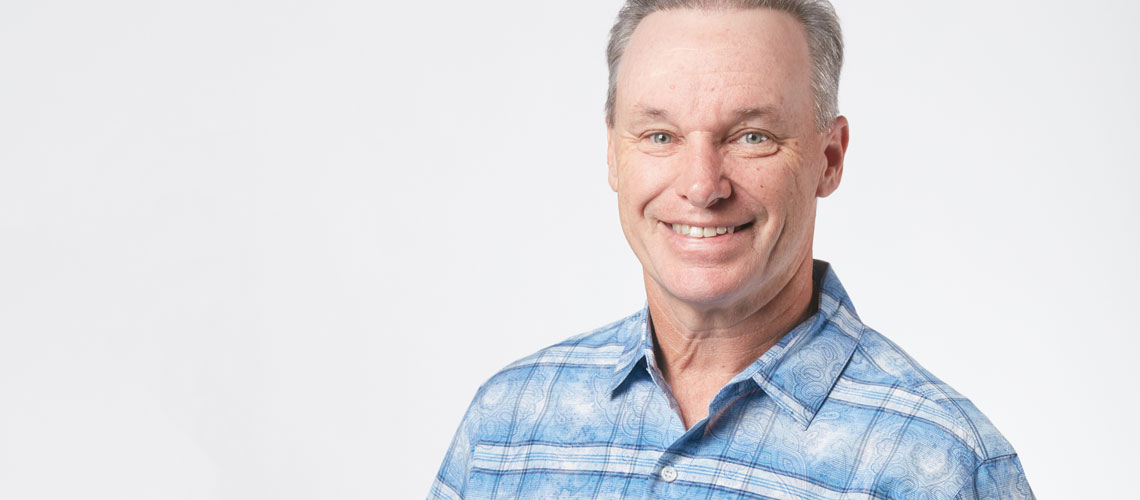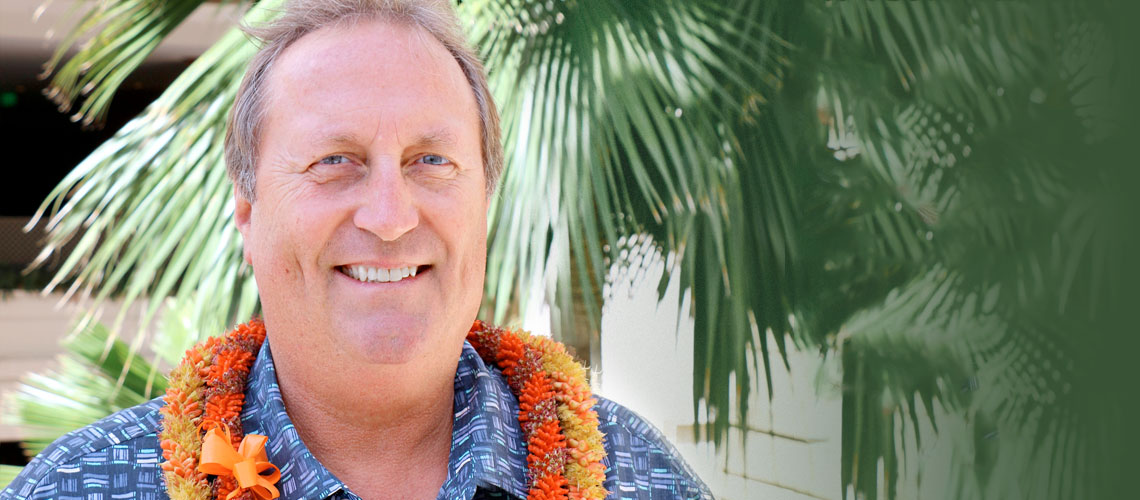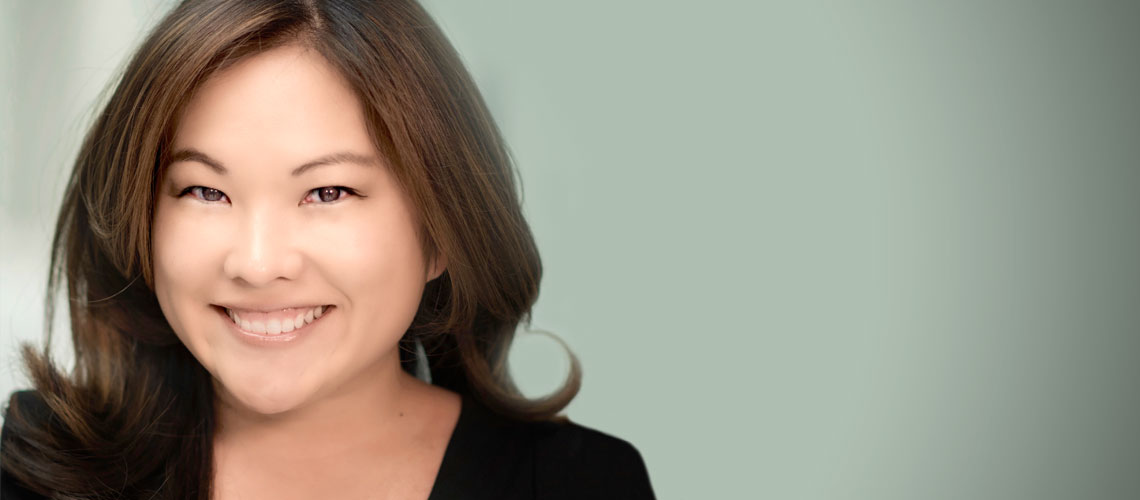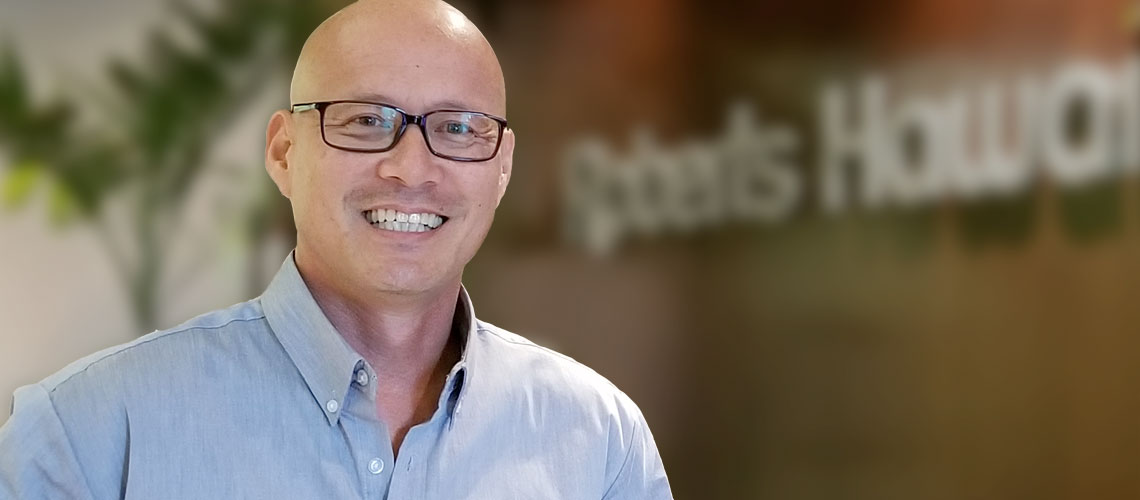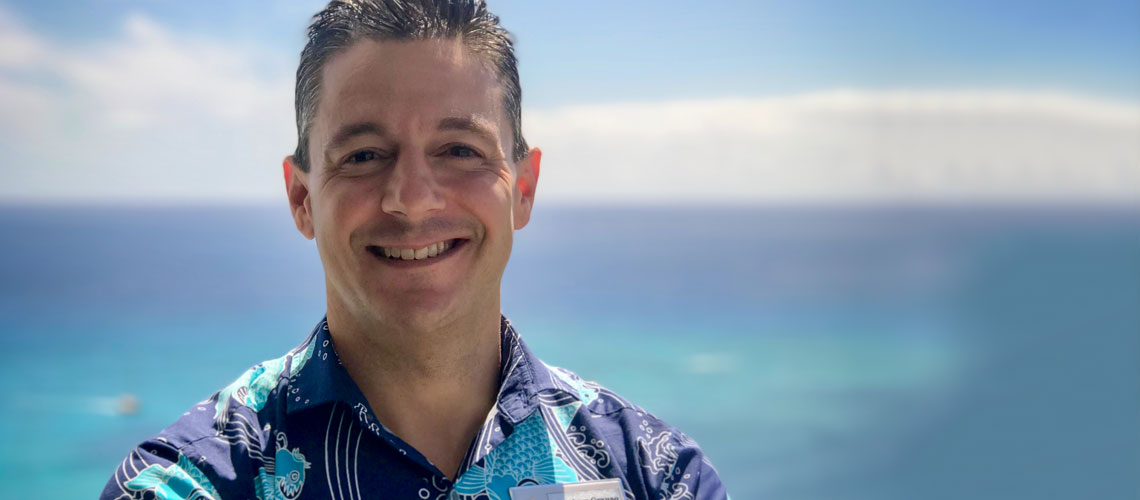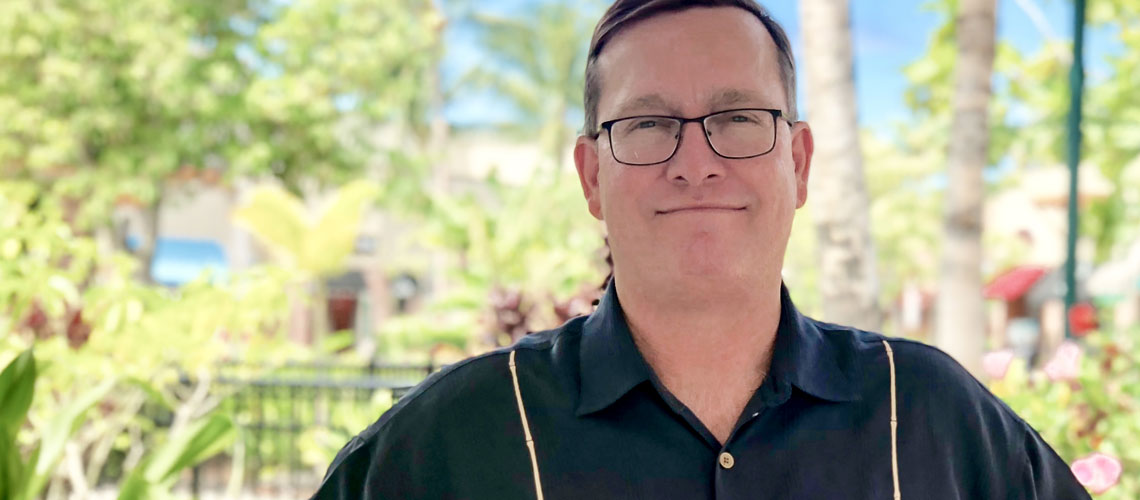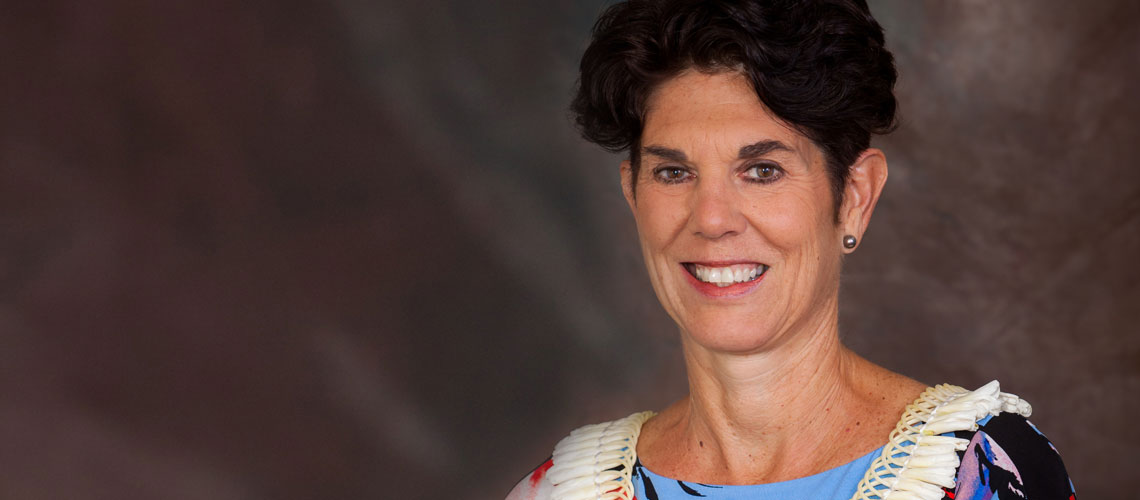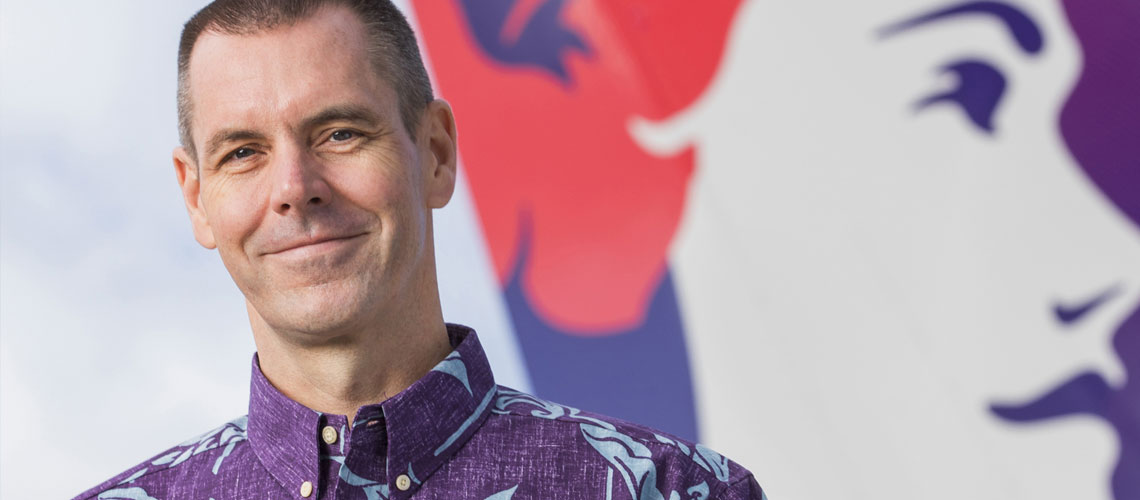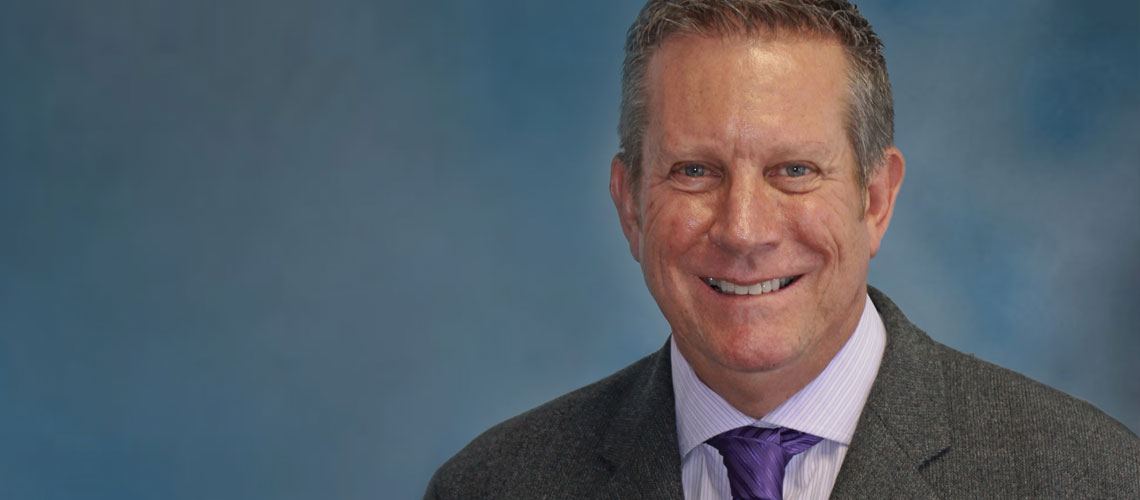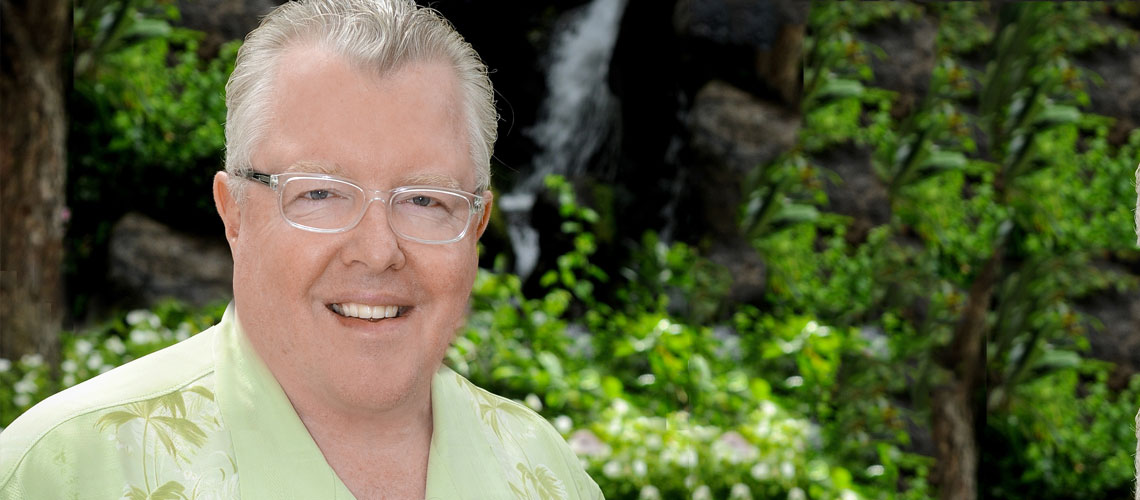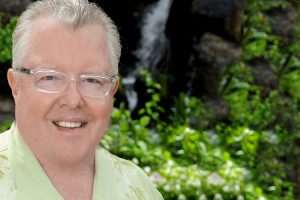More and more travelers are seeking authentic, localized experiences—what’s your strategy for staying relevant in the marketplace?
I’m focused on telling authentic stories and sharing each of our islands’ unique identities. Videography is the best way to share this, in the most genuine way possible. Drawing narrative inspiration from travelogues to bloggers to our own local storytellers, compelling video will inspire travelers of now and of the future. Content also has to respect our sense of place.
Can you give some examples of the marketing programs or digital initiatives you’ve spearheaded?
I’ve been fortunate to partner with creatives who bring Hawai‘i to life. From videographers or photographers to cultural influencers, these storytellers have a unique perspective of Hawai‘i and hold a tremendous amount of credibility.
Our recent partnership with the company Create & Cultivate gathered Hawai‘i-based female creatives to discuss entrepreneurship and innovation, and how travel helps to inspire both. By highlighting local small business owners, we bring these types of programs to our larger audiences and see the stories that result from shared collaboration.
Today, the marketing world leads with a digital-first approach, but that same digital content is based on in-person connections and experiences. Digital initiatives are intended to inspire more personalized connections and experiences. Marriott Traveler, for example, offers a digital platform of online editorial content that travelers can trust. We’ve used it as a global platform to share our favorite Hawai‘i stories with a larger audience and offer visibility to small business owners, local artisans and chefs.
What advice do you have for the next generation of hospitality leaders?
Read and draw inspiration from other industries—especially technology! Experimentation and falling forward are natural parts of the creative process, and the best ideas come from trial and error. No one understands this better than the tech industry. I read Wired and Fast Company.
Travel. In an industry that’s on 24/7 and 365 days a year, it can be hard to escape, but I think that exploring domestic and international destinations is key for career growth. It’s particularly exciting to explore the hotels and resorts of Asia, in cities that are balancing major economic growth with eons of cultural history.
Explore professional development outside the hospitality industry. Whether volunteering with nonprofits or participating in a professional program such as the Pacific Century Fellows, expanding your network beyond the tourism industry is vital.
What other trends and industry dynamics have you observed doing branding and marketing for the tourism industry?
I’m closely following the inclusion of technology in the guest experience. This evolution is balanced by hospitality’s innate love of personalized connections, and I’m excited to see how technology enables those personalized connections instead of replacing them. As social media continues to evolve, efforts have become much more dynamic. Social media enables us to increase touch points with our guests via technology and ultimately ensure we surprise and delight them.
I’m passionate about redefining what luxury means. We’ve moved beyond luxury as white-glove service to a new form of modern luxury, with hyper-personalized, intuitive service that anticipates a guest’s needs. Modern luxury is no longer defined by physical assets—it’s now about spaces that allow for private moments and connections, and extraordinary experiences that are curated and highly coveted.
There’s no greater luxury than the time you spend creating unforgettable memories with family and friends. I’m excited to see that trend continue to evolve in the next generation of luxury travelers. From a marketing perspective, our greatest challenge is to determine programming that creates these indelible moments.


